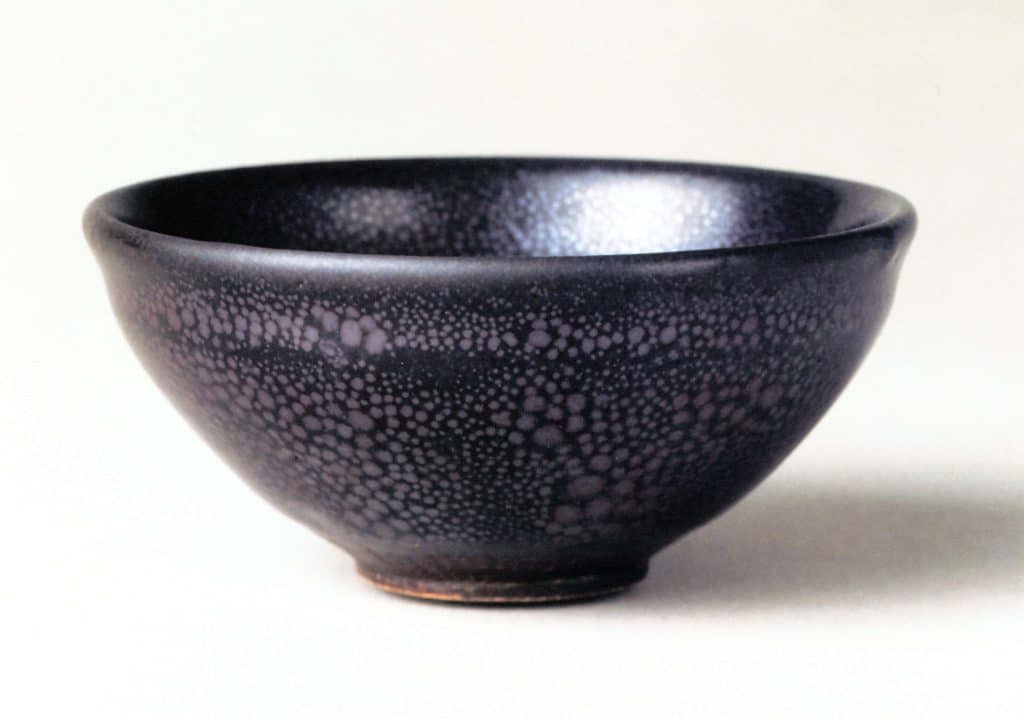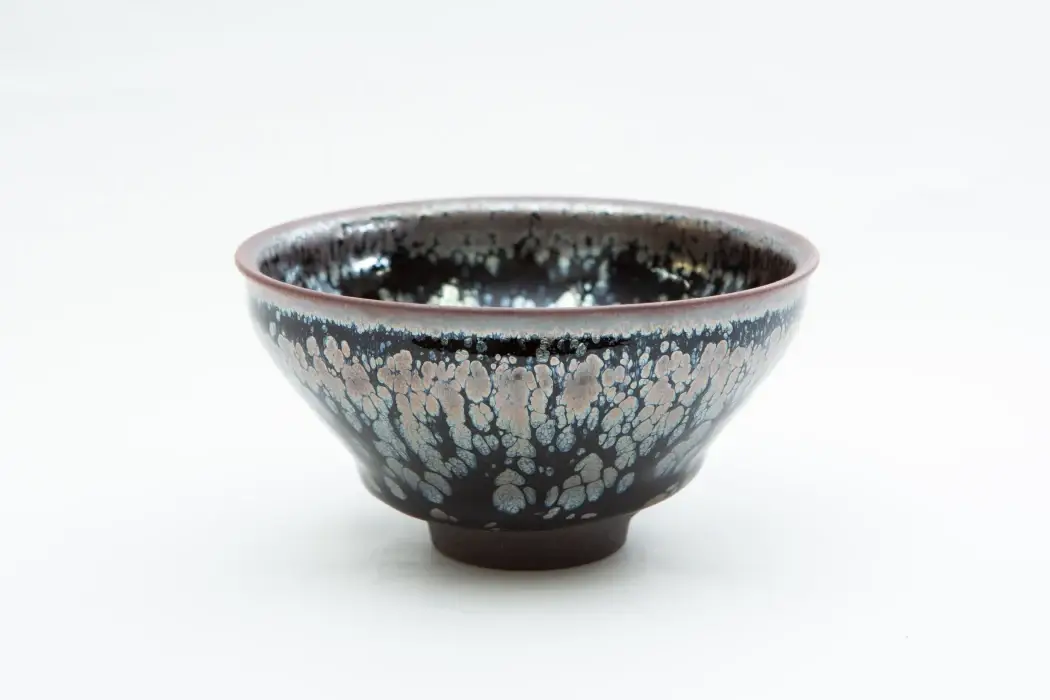Contents
How to Achieve the Perfect Oil Spot Effect in Tenmoku Glazes
Achieving the Perfect Oil Spot Effect in Tenmoku Glazes
Creating the stunning oil spot effect in tenmoku glazes is a captivating journey that combines art, science, and a bit of experimentation. As someone who has immersed myself in the world of ceramics, I can confidently share the steps and insights that lead to this beautiful finish.
To begin, it is essential to understand the components of an oil spot tenmoku glaze. This glaze typically contains iron oxide, which plays a crucial role in developing the characteristic dark and glossy surface with metallic spots. The firing process is equally important; a reduction atmosphere is often used to enhance the visual effects. During firing, iron oxide migrates to the surface, creating those distinctive oil spots as the glaze cools.
When applying the glaze, I recommend using either a brush or a dipping method to ensure an even coat. It’s vital to allow the glaze to dry completely before firing; any excess or drips can mar the final appearance. The thickness of your glaze application will also influence the size of the oil spots—thicker applications tend to yield larger spots.
Firing your ceramics requires careful attention. I usually follow a specific firing schedule that allows for gradual heating and cooling. This controlled environment helps develop the desired oil spot patterns. A common temperature range for oil spot tenmoku glazes is between Cone 9 and Cone 10, which translates to approximately 2300 to 2350 degrees Fahrenheit.

After firing, I always inspect my pieces closely. The desired oil spot effect can vary significantly based on several factors, including temperature and cooling rate. If I find that my results aren’t quite what I hoped for, I adjust my techniques for future projects.
Frequently Asked Questions:
What causes the oil spots in tenmoku glazes?
The oil spots are formed by iron oxide particles migrating to the surface during reduction firing.
Can I achieve this effect in an electric kiln?
Yes, while traditionally associated with gas kilns, oil spots can also be achieved in electric kilns with careful control of firing conditions.
How do I prevent my glaze from running?
Ensuring proper thickness during application and using a stable base glaze can help minimize running during firing.
By following these guidelines and embracing a spirit of experimentation, you can master the art of creating beautiful oil spot effects in tenmoku glazes, adding depth and character to your ceramic pieces.







